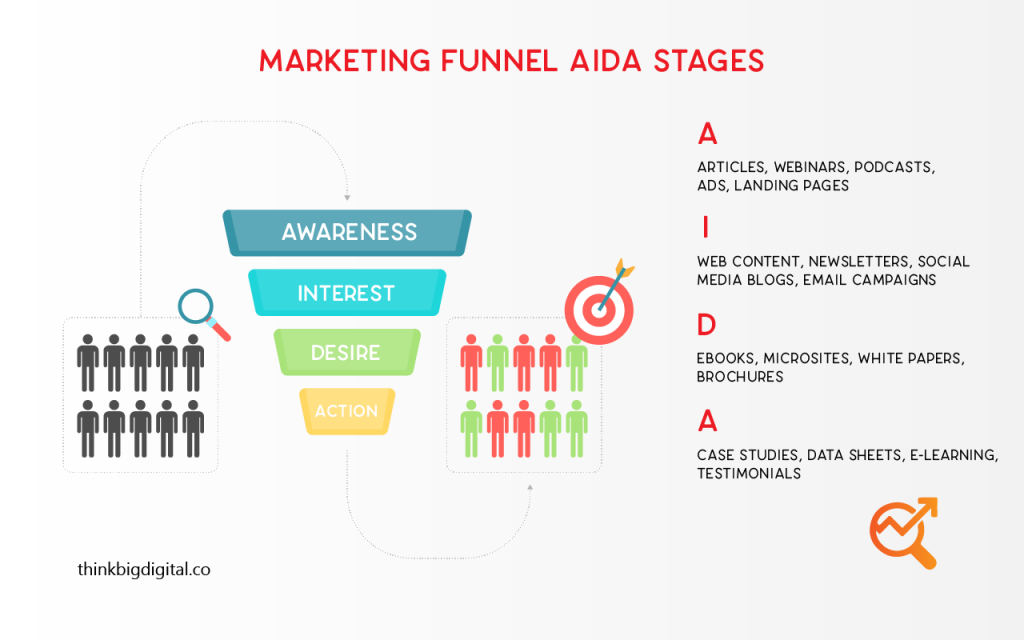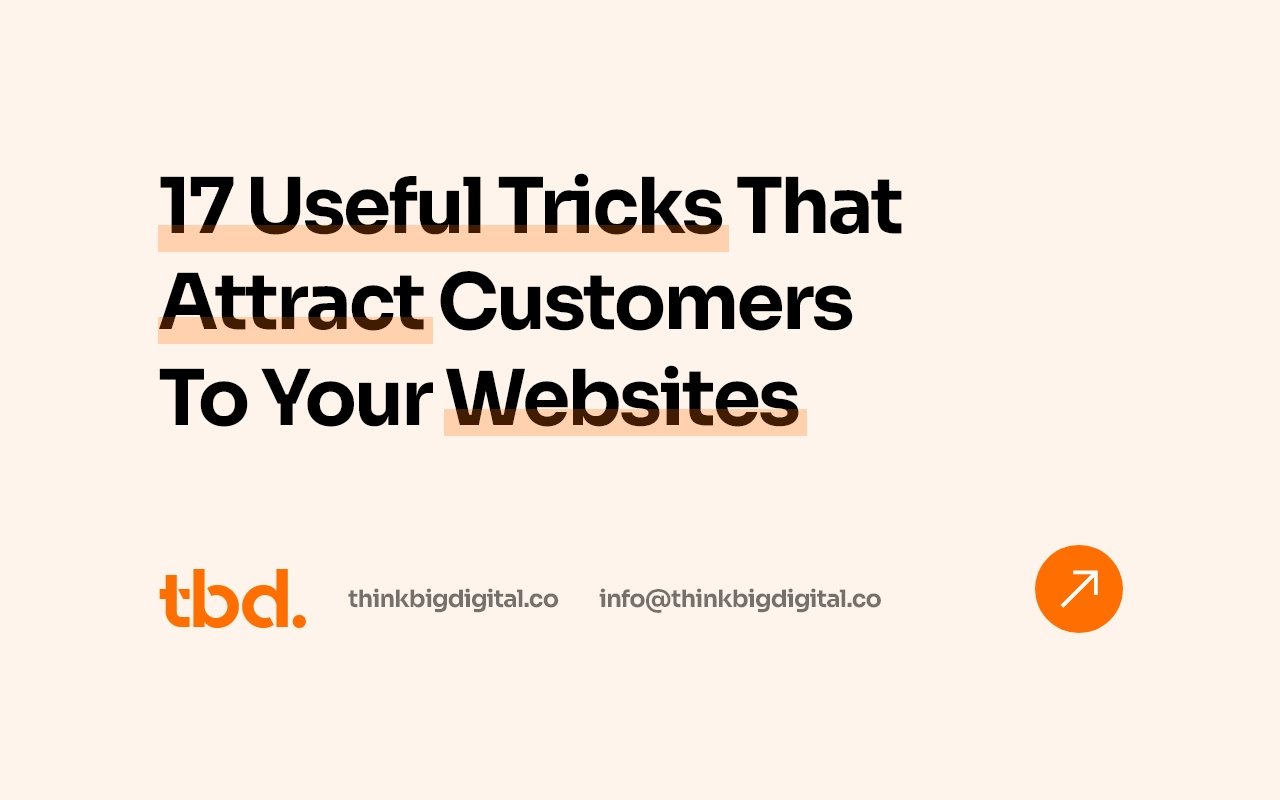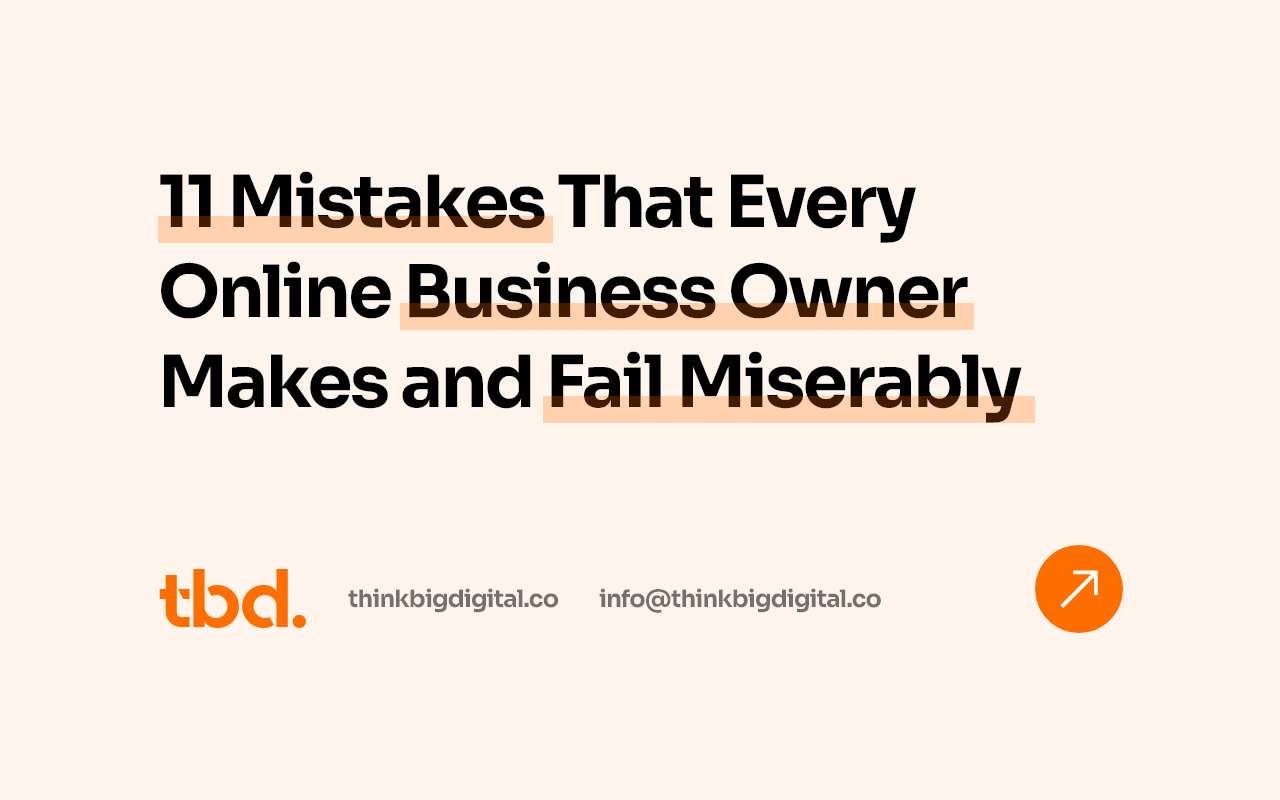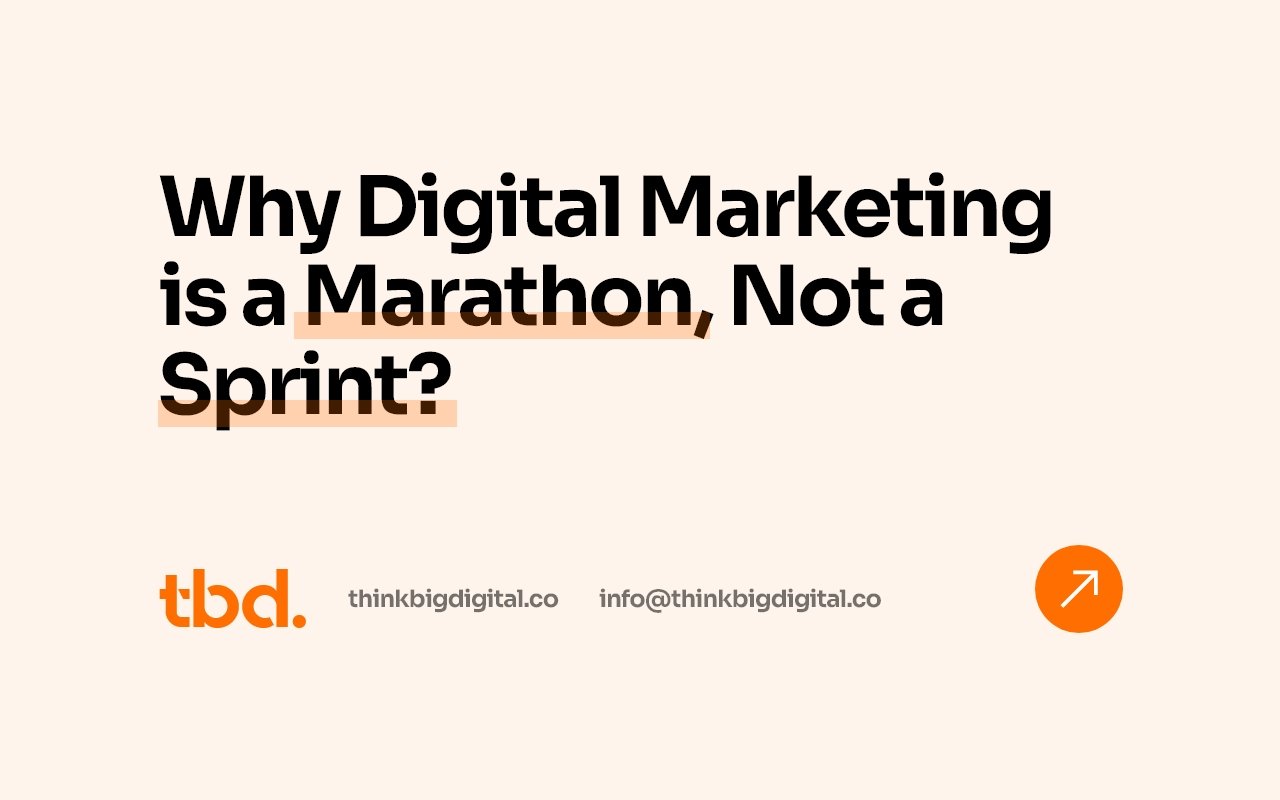Believe it or not, Lead Generation is 6000 years old concept. At that time, the money didn’t exist. Then, there was a Mesopotamian tribe who invented the Barter System – a way to trade goods and services by exchanging things like food, spices, weapons and even human skulls.
Gradually over the years, as money was born, still the barter system never really died. Even today it is still alive in some communities in Spain and Greece.
So, why we are discussing this barter system? What it has to do with Lead Generation?
If you look closely, lead generation is very similar to the barter system. The core thing involved is the same –
Exchange something which is valuable and in return get some worthy stuff.
Now, in our current scenario, people exchange their contact information for something valuable like eBooks, templates, videos, consultation, webinars, etc. It is still a form of trade, right?
Many businesses miss out on the opportunity of doing this trade in the right way and they struggle because they keep thinking that getting a phone number and email is enough to generate leads, which is never the case.
You need to get something more valuable information here, of course by providing enough value to them first.
How to Barter in a better way?
It is as simple as that, by providing real value to your customers that they are seeking. You cannot pre-assume they will share their information without seeing actual value from you.
When your prospects see the real value, you can make an arrangement for them to claim it by providing an irresistible offer.
Now, Let’s Understand the Lead Generation in 2022.
Understanding Lead Generation in 2022
Before we understand Lead Generation in 2020, let’s go through some Quick Lead Generation basics for beginners:
What is a Lead?
A Lead is a person or a company that shows a certain level of willingness to buy from you.
Let’s say for example – Suppose you have a pet at your home and you fill out an online survey/inquiry form fillup/offer registration etc. regarding the food supplements for pets.
And the very next day or so, you receive their communication via email or phone number (whatever information you shared) about offers or information about pet food supplies in a non-intrusive manner, instead of getting some random cold call (which is intrusive).
This is what’s it like to be a Lead.
What is Lead Generation?
Lead Generation is the process of attracting your ideal prospects/customers and getting them interested to buy your products or services.
Lead Generation helps companies/individuals attract strangers and pull them closer to the point where they buy their service/product.
Effective lead generation is crucial for any business.
We all love browsing the internet and researching for the product or for educating ourselves to make sure we get exactly what we want.
Equally, we hate the interruptions and spam calls that we get throughout the day.
Did you ever try to guess why they are doing this interrupting work?
Yes, they are trying to generate leads.
When it comes to lead generation, “It’s better to be loved by few than liked by many.”
Fortunately, these days the control is in the buyer’s hands. And this is the major thing to be understood to build a successful approach to lead generation.
Warm Leads vs Cold Leads
A Warm lead is a person who has expressed an interest in your product or service.
Whereas, a Cold Lead is a person that hasn’t expressed any interest yet. If you see someone selling email lists or directories, they are cold leads.
If someone visits your website, downloads ebook provided by you by signing up is a warm lead.
How warm they are is directly proportional to their interest in your service and the lead nurturing they’ve got from you.
Converting Leads Today: How the Lead Generation has evolved?
Lead Generation from your website is the most challenging and important thing to do and it requires several different marketing skills like content creation, sales, marketing strategy, design, and psychology.
In the early days, the traffic that was coming to the websites wasn’t fully realized. The businesses behind the sites never saw it as a lead generation opportunity.
Now today, those companies who realized its value, are dedicating serious resources like time, money and tools towards their website on a regular basis to generate leads.
Why? Because now people are searching on the internet. They educate themselves first, browse several service/product providers, analyze them and then they are making their buying decisions.
Importance of Lead Generation for Businesses
In the past few years, the process of buying has changed drastically. Hence, the businesses and sellers need to restructure their older methods by newer methods to captivate the customer interest.
Businesses need to pay more attention to developing long-lasting relationships with their buyers rather than doing mass mailing blasts and forceful advertising.
Lead Generation techniques enable marketers to be found by their customers in a way that leads to developing an effective relation and communication, and hence in the long term increase in sales and business.
Lead generation enables the businesses to:
- Pay only for the leads that they got
- Determine the costing per lead incurred
- Targeting area selection choice
- Select particular services/products they wish to offer
- Filter out or control the number of leads
Challenges of Lead Generation faced by Businesses
The biggest challenge faced by businesses in lead generation is the Quality of the Leads. Unqualified leads result in loss of time, money and valuable resources at disposal.
There may be several reasons for this:
- Lack of marketing strategy
- Lack of resources, system, budget, and direction
- Lack of efficient sales team and its sync with other teams
- Lack of quality research
- Lack of reliable data and execution
Why do you need Lead Generation?
In lead generation, the focus is more on the transition of the stranger to the customer and growing the relationship.
Lead generation is a fundamental point in an individual’s journey towards becoming an engaging customer. This is explained in the diagram below.

What is the Lead Generation Process? How does it work?
Lead generation Process involves the below steps:
Business Discovery
The visitor discovers your business via the internet. It may be through websites, social media channels or blogs.
Clicking on Call to Action
A Call to Action (CTA) can be any button, form, image or message that triggers a particular action when clicked. In order for it to be clicked, it should be engaging enough for the visitor.
Landing Page
The landing page is a page designed to capture the information from the visitor in exchange for an offer or a resource. The visitor lands on this page after clicking on the CTA.
The Marketing Funnel or Sales Funnel
Any Lead nurturing via mediums such as email is done with the intent of warming up the leads. This is usually done with the help of the Marketing or Sales funnel.
Why Marketing Funnel or Sales Funnel is necessary?
I will give an example to illustrate this. Imagine that you go to a shoe shop. And as soon as you enter the shop, the salesperson asks you if you will pay by cash or credit card. You haven’t tried the shoes yet, not even looked and asked about anything, but nevertheless the salesperson keeps asking. Now, in this situation, you will end up leaving the shop without buying anything.
Do you relate how things are going around here?
The salesperson is pushy, forceful and inappropriate in his approach. It is obvious that it is bound to fail resulting in disappointment of the customer.
This strategy never works in the real world and also the same applies to the online world.
If the salesperson has nurtured the customer by asking a few questions before purchase, like the shoe size, design, types available, offers to go on, etc. it would have become easy for the customer to take a decision. Right?
What is this nurturing process involved? How it manages to imbibe a good impression on the customer and drives to the purchase decision?
This is the Marketing Funnel or Sales Funnel.
In order to generate good revenue, you have to progressively nurture people at various touchpoints before they buy things from you.
The salesperson at the shoe shop is building a marketing funnel when he is asking questions and giving suggestions to the customer by developing trust before the purchase happens.
Now. let’s learn about how marketing funnels work and how they are created.
What is a Marketing Funnel or Sales Funnel?
A marketing funnel is a framework designed for businesses to convert strangers to customers.
Now, there is a vast difference between the no. of people who get attracted to your website and the no. of people who are actually interested in your product/service.
The Marketing funnel helps in filtering them out and in the end, it provides interested quality customers.

How Does Marketing or Sales Funnel look like?
The marketing or sales funnel has three distinct phases that describe how the lead progresses in its journey to sales.
Below is the general diagram which describes the marketing funnel.

1. Top of the Funnel (TOFU) – Problem/Need Recognition
This level is about Awareness. The awareness about your business to your target audience and it deals with making them realize that your business EXISTS. It’s about increasing the visibility of your business.
In this phase, people are not yet ready to buy from you. They may be reading a blog post from you or watching a youtube video created by you. They are just getting to know you.
With this phase, you can build an authority in the market about your brand by producing valuable content like blogs, videos, infographics, etc.
2. Middle of the Funnel (MOFU) – Information Search & Evaluation of Alternatives
This phase comes after TOFU. It means now customers are aware of your business and they are somewhat educated in what you have to offer them.
It comes when you’ve built enough interest in the minds of the target audience and they’ve started showing interest in your business.
You need to provide a great deal of value here, in order to get their contact information. In other words, to make them your leads so that you can nurture them and make them transition to the next phase – Bottom of the Funnel. This can be done by providing freebies, small ebooks, templates over the exchange of contact information.
3. Bottom of the Funnel (BOFU) – Purchase Decision & Post-Purchase Behavior
Now, in this final phase, you’ve made your customers drive through the previous two phases – building a sufficient level of trust. These leads are now ready to be presented with the main offer/product/service which you have got.
You should present it in a compelling way, and your customers should feel it like its the solution to their problem.
This is where you have to focus in terms of more time and effort.
Remember, if you are bringing the right people into the funnel at this stage, the costs incurred will be lower.
People who get to this part of the funnel are more likely to get converted as they are educated along the way through the previous phases.
You may have a handful of funnels but each of them will lead to a single location like for eg. Subscribers List.
Your customers are more likely to confirm that they’ve made the right choice if they are greeted with personal attention and all the useful resources they need regarding the product. They are more likely to be satisfied, provide good reviews and refer to their network.
On the other hand, if they experience disappointment after purchase, they are more likely to request refunds and provide negative feedback and reviews on social platforms which will damage your brand identity.
There are certain things to do to facilitate better post-purchase behavior like creating FAQs, providing good support and feedback system.
There is another way to better understand the marketing funnel stages.
It is known as AIDA (Attention, Interest, Desire, Action)
AIDA Funnel Stages
You can also create content based on the AIDA framework. The detailed explanation is depicted below:

Attention: This is similar to the problem recognition stage.
The customers are experiencing pain points but haven’t quite realized the specific problem.
You can create the content as per their needs to draw their attention.
Interest: This is the stage at which the customers are actively seeking or interested in the information which can solve their problem.
As they move through the sales funnel from recognizing or drawing attention to the problem their interest is sparked by a solution.
They need the information to move into the next phase.
Desire: Customers have moved from attention or recognition of the problem through information gathering and interest.
Now they have a desire for a solution.
They evaluate alternatives and your job through content creation is to spark a desire for your solution.
You must convince them that your solution is the right one for them as they examine various solutions to their problem.
Action: Now it’s time for the customers to make the Purchase Decision i.e. take action.
Make it easy for them to say “yes” to your solution.
Have a simple and strong call to action in your copy and a simple path to follow to complete the sale.
The easier you make it for people to take action the more sales you will generate through your sales funnel.
Marketing Funnel Goals, Content, Tactics, and Metrics
Now, let’s dive into the goals, content, and metrics involved in each of the phases of the marketing funnel.
You can choose from it which best fits your business and don’t try to do it all at once unless it’s required.
1. Top of the Funnel (TOFU) Blueprint
TOFU Goal
Attract as many target audiences as required in your industry by providing valuable content.
TOFU Content
You need to create free and valuable content in your business domain area that aims to educate your audience. This can be in the form of blog posts. Infographics, videos, social media posts or anything in a similar and easily accessible manner.
“Take risks! With so much content to sift through these days, the only way to stand out to your customers is to be bold and risky with your content.” – Dylan Sellberg, Product Manager, HubSpot
TOFU Tactics
Email Marketing
You can directly email your prospects and engage the people who are interested in your business.
For example, these emails you can get from the community you’re a part of or any event or workshop you’ve organized, or they may be your existing customers.
Don’t fall into buying email lists as they may lead to various bad consequences for your business and your email id may be reported as a spam.
SEO
Increase your visibility to Google and other networks through SEO. SEO enables your website to get free organic traffic from search engines like Google, Bing, Yahoo, etc.
Create content as per the keyword research to rank it effectively.
Remember, this process takes time. So, you can focus on other tactics while this is in process.
Social Media
Social media users spend considerable time on social platforms looking out for products or services.
Hence, you should create share-worthy and valuable content for them to consume.
You can increase the organic traffic from social media to your website by sharing good content or by engaging in existing groups or communities.
Paid Advertising
You can reach a massive audience from paid advertising on social media platforms like Facebook, Instagram, etc. and on search engine platforms like Google and Bing.
The benefits of using these platforms are their advanced targeting and segmentation features which makes sure your ad is seen by the right people.
Publication/Press/PR
You can get media coverage for your content through the newspaper, magazines via journalists and reporters. You can also do this by publishing a book or an ebook to gain authority.
Influencers
You can join an influencer in your industry who already have audiences related to your business.
This is beneficial as they already have an audience base present. But, you may have to sign a mutual agreement on revenue so that its a win-win for both.
Offline Tactic
Speak in offline conferences, workshops and teach about your business product and get recognition and traffic to your website.
Measuring Top of the Funnel (TOFU)
You can measure it by asking below questions to yourself:
- How many people are seeing your offer?
- How many numbers of sessions (web traffic) on your site?
- How many % of them are new visitors?
- What is the bounce rate?
- What is the traffic per channel?
- How many people are liking, sharing the content?
If these numbers are not good enough, you need to fix them wherever needed.
2. Middle of the Funnel (MOFU) Blueprint
MOFU Goal
Convert as many website traffic you can which you get from the top of the funnel into leads and gain the opportunity to nurture the relationship to build the trust.
MOFU Content
Remember you’ve provided the Free content in the TOFU stage. Now, in order to capture the contact information from the visitor, you have to provide a premium or upgraded high-value content based on the foundation of TOFU content. And, to capture the information, you have to lock the content by sign up form.
Hence, the visitors will provide the information and unlock the content.
You should respect their trust which you are going to get by providing highly valuable content when they exchange information.
MOFU Tactics
- Create a simple ebook as a Lead Magnet
- Create a mini-course (delivered by email or videos)
- Offer Trials or demos of your product or service
- Conduct a Free Webinar explaining your service
- Create Popups, Exit Popups on your website
- Do email marketing and engage with your audience
- Create Private communities on social & invite the audience
- Remarketing by targeting people who have visited your website by google ads or facebook pixel service.
Measuring Middle of the Funnel (MOFU)
You can consider below points to measure MOFU:
- Leads Growth/Email list growth over time
- Email Open Rates, Click rates
- Visitors to Lead Conversion rate (Use Google Analytics)
If your conversion rate is low, you may need to work on your landing page and do some split testing.
3. Bottom of the Funnel (BOFU) Blueprint
BOFU Goal
Its the Purchase Time. Get your visitors to purchase your product or service or re-purchase if they’ve already purchased any product in the past.
BOFU Content
At this stage, you can assume that your lead is adequately educated, well informed and has enough information to make a decision to buy.
The content at this stage should be such that it should make them execute this buying decision.
This content can be:
- Product Launch Emails
- Sales page copy
- Testimonials and Recommendations from previous customers
- A Sales Call (At this stage, its non-interruptive as the user is well informed)
BOFU Tactics
- Email marketing to make the leads buy your product
- Remarketing via Ads
- Product Launch Information and education
- Presales (product is not yet created, but you can test it)
- Product or Service Bundles (Sell multiple products bundled)
- Scarcity Technique (Add urgency to buy as limited offer)
- Upsell Products (If someone buys, Give an offer on other product immediately and upsell it)
Measuring Bottom of the Funnel (BOFU)
You can look out for below metrics at BOFU stage:
- No. of new Customers (who’ve purchased)
- Total Revenue generated
- Revenue Per Customer
- Customer Life Time Value (LTV)
- Conversion Rate
Now that you know how to create and structure your Marketing or Sales Funnel, its the time to work on it.
Final Words
The Lead Generation, Digital Marketing and Creating a Marketing Funnel might feel overwhelming at first, but in reality, it all boils down to understanding your audience and their needs.
Marketing Funnels are very powerful tools to grow your business and every business must create it before starting out any campaigns.
Knowing who you are really targeting would massively help you to align your content, website, landing pages, and emails as per the needs of your audience. And, this is the crucial thing to do in any business.
Your key takeaway from all of this can be summarized as –
“Focus on selling and you’ll get rejections. Focus on value and you’ll get conversions.”
Let's build something great together😎
Turn your ideas into reality. Get a brand design that your customers will love.
Web DesignUI UX DesignBranding Identity DesignSocial Media DesignCorporate DesignMarketing AutomationEmail MarketingContent Marketing





